
Thefts and break-ins typically skyrocket during the holiday season because thieves know that many families leave their homes and cars unattended and sometimes even unlocked.
Insurance might cover these thefts, but it won’t alleviate the victim’s violation of privacy concerns or restore their confidence of being safe and secure. Further, some items have more sentimental value than monetary.
All said, the after-effects of theft linger long after the item or its monetary value has been recouped.
Holiday Office Parties
Here are 12 steps that you, your clients, and your friends and family can take to ward off holiday theft.
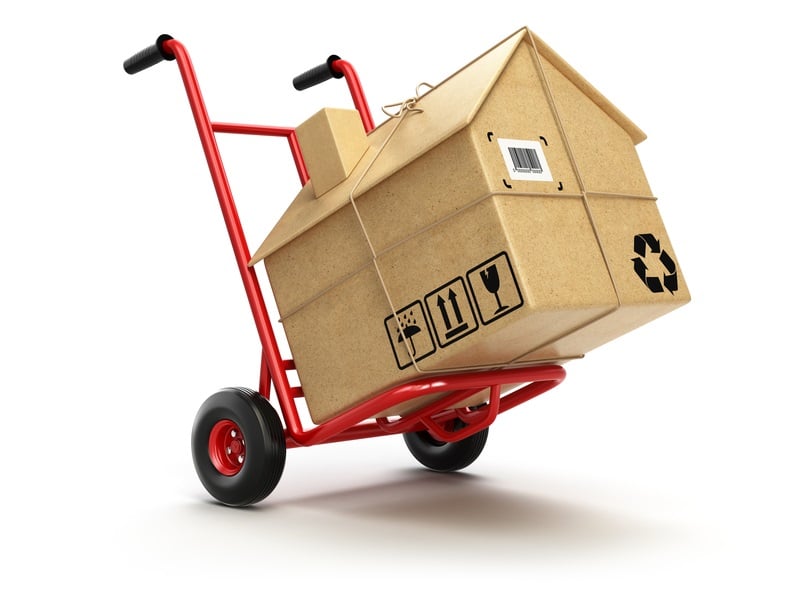
Roughly 11 million homeowners have had a package stolen in the last year, according to the August Home “Package Theft Report.” (Photo: iStock)
Package Deliveries
It takes just a few minutes for a thief to drive through an area and see if packages are sitting on porches or stoops.
Packages left sitting overnight are almost sure to be gone by morning, having been stolen by so-called ‘porch pirates.’
If deliveries are expected at your residence, make sure you will be there to get them inside as quickly as possible. If there is a possibility that no one will be home or a neighbor can’t store the package, then use alternative delivery options, such as having the items delivered to a store for pick-up, ship to an alternate location, such as the address of a trusted neighbor or friend, or perhaps your workplace.
See also: 6 holiday safety tips to protect your home
Several options from delivery sources are available. FedEx offers a service called Delivery Manager, and UPS features a My Choice option that gives you some control over when and where packages arrive. On the other hand, you and your neighbors might agree to collect packages for each other if you see boxes left on each other’s doorsteps.
In some more densely populated areas of the country there are secure or parcel lockers available where customers may pick up packages at their convenience. UPS allows customers to pick up packages from a holding area at businesses, such as a local dry cleaner or convenience store, using UPS Access Point Network. Another example of a self-service parcel delivery is Amazon Locker. You find an Amazon Locker near you and add it to your address book. When ordering use it as your location when you check out. When the package is delivered, you will be emailed a 6-digit code with which to open the locker. Use of the locker is free and you have three days to collect your package. Another option for Amazon prime members is to use Amazon Key, which gives customers the option of allowing Amazon to deliver packages just inside your front door. Access can also be granted to other people you trust, such as family members, friends, or even the dog walker or house cleaner. A new product called Package Guard is a disc that is a connected package portal that sends an alert to your phone whenever a delivery arrives so you can have it stored elsewhere right away.
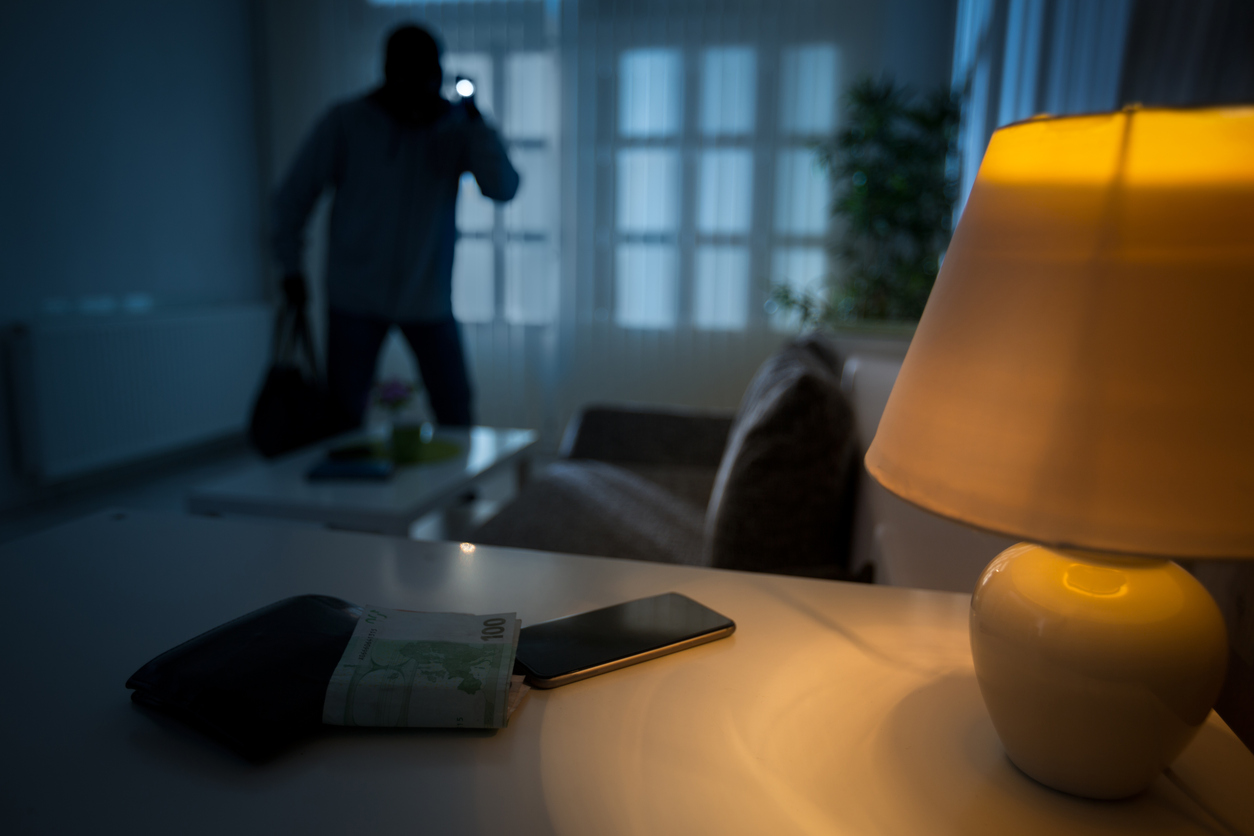
It’s a good idea to keep all doors and windows locked during the holidays. (Photo: iStock)
No. 11: Secure all entries.
Not all thieves enter your home through the front door.
It’s a good idea to keep all doors and windows locked when not in use, whether you are home or traveling. While a thief is less likely to enter a home when occupied, it does occasionally happen. When traveling, make sure any alarm system or security cameras are enabled and working properly. If you don’t have an alarm system, ask a neighbor or friend to keep an eye out for you until you return home. It’s also a good idea to alert the local police that the house is unoccupied. If neighbors are familiar with each other, they can help each other keep their residences secure while they are away from home. Or, you can download the NextDoor app, which offers a private social network focusing on connecting neighbors for various activities, including the posting of information on suspicious activity.

According to Justice Department statistics, someone is home during roughly one-third of residential burglaries. (Photo: iStock)
No. 10: Light it up.
When traveling, keep the home’s exterior lights on, and use a timer to turn indoor lights on and off. Empty houses and apartments are prime targets for thieves. By keeping the lights on and setting decorations and lights on an automatic timer, the thief may be fooled into thinking you are home.

The FBI reported in 2014 that the average property dollar loss per burglary was $2,251. (Photo: iStock)
No. 9: Hold the mail.
Nothing screams Empty Home! like a stack of newspapers outside and a full mailbox. When traveling, you might ask the neighbor to check your mail periodically throughout the week, or go to the post office and have them hold your mail. Stop delivery of the newspapers for the period of time you’ll be gone or have a friend or neighbor pick them up daily. This will give potential intruders the illusion that someone is home.
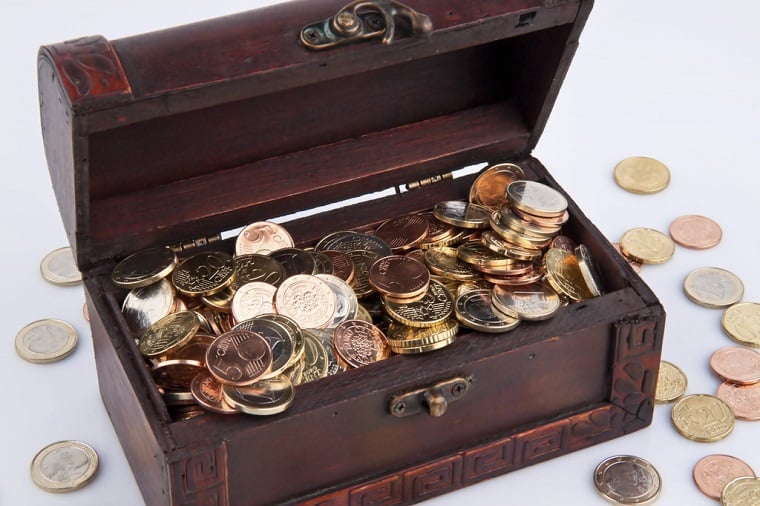
Thoroughly dispose of storage or gift boxes that previously contained such high-price purchases as jewelry or electronics. (Photo: ALM Media archives)
No. 8: Avoid dropping hints about high-ticket gifts.
One precautionary step to take is to carefully dispose of boxes that contained expensive items such as large-screen HDTVs and computers. The boxes could be a tip-off to a thief that such items are inside the home to steal. Also, having gifts or valuable items in view from a window could make a home an easy target for theft. Keeping them out of view of people passing by is a safe strategy. You might also consider writing down the serial number of high-value items and engraving them with your driver’s license number. In event of a theft, that information could help law enforcement officials locate the items and prosecute the thief.
Related: How cell phone records doomed an insured’s theft claims

When making multiple purchases, consider taking a break from shopping and return home to unload the packages. (Photo: iStock)
No. 7: Hide any shopping bags that are inside your car.
With all the hustle and bustle of shopping and running errands, it can be easy to leave your bags, packages, and gifts in the backseat of your car, in plain sight of thieves. It is not uncommon for thieves to walk or drive through mall parking lots checking for unlocked doors, open windows and packages in full view. Be sure to always lock the doors, roll up the windows, and hide your purchases or put them in the trunk of your car so you don’t become an easy target for theft. For small items, make use of interior storage compartments in the vehicle.
Related: Today’s connected insurance consumers expect convenience
When making multiple purchases, consider taking a break from shopping and return home to unload the packages. If that isn’t practical, then you may want to relocate the vehicle to another part of the parking lot to throw off a potential thief who might be tracking your vehicle or purchases.
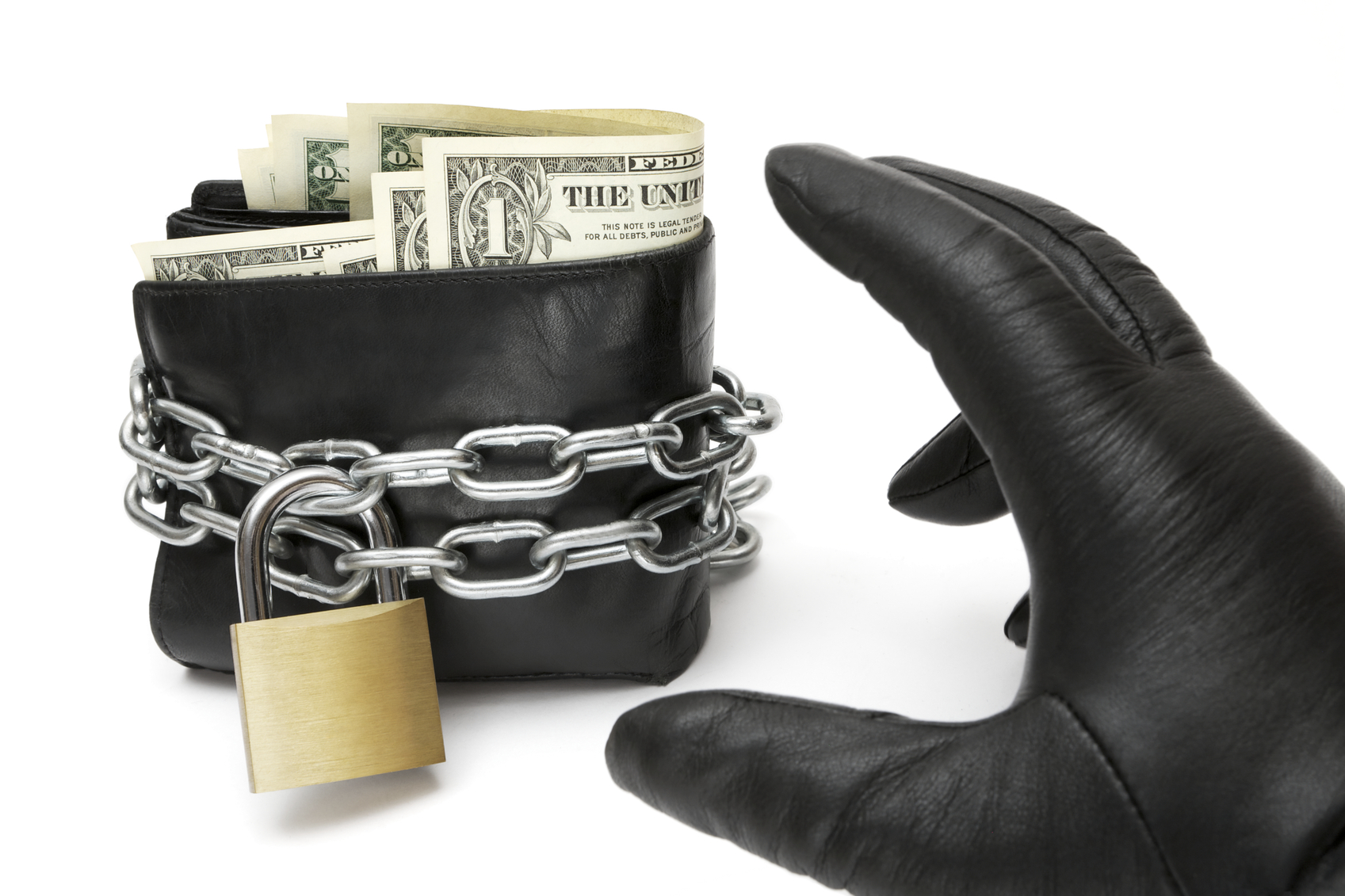
Keep your wallet or purse secure. (Photo: iStock)
No. 6: Protect the cash.
Many purses are stolen from shopping carts as customers are perusing store items. If you must use the shopping cart for your purse, hook the handle through your arm and make sure the purse is zipped or closed so that wallets cannot be easily retrieved.
Avoid openly displaying large amounts of cash, and consider removing most of your debit or credit cards from your purse or wallet prior to shopping. That way, if your wallet or purse is stolen, you will still have a form of payment available. Keep on hand a written copy of the phone numbers to the credit card company or bank so you can report the cards stolen, or store the contacts in your phone for easy access.
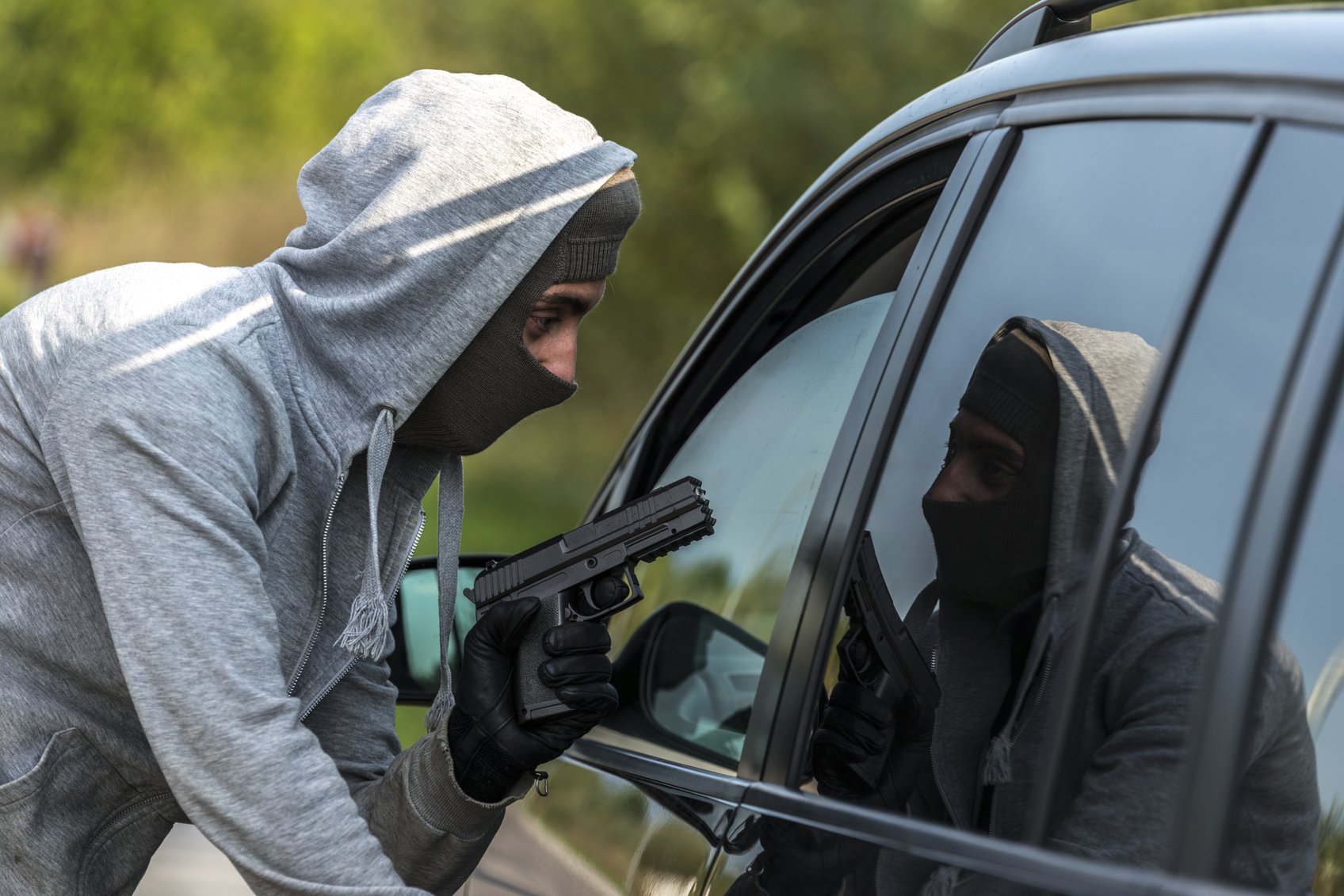
Christmas Eve is the 7th most popular holiday for vehicle theft, according to the National Insurance Crime Bureau. New Year’s Day tops a list of most vehicle thefts by holiday compiled by the Insurance Information Institute. (Photo: iStock)
No. 5: Take a moment.
When leaving the car unattended, even for just a few minutes, do not leave the car running or unlocked. Experienced thieves are always on the lookout for an easy target and know that in our haste we often don’t take the precautions we should to protect our valuables. Our hasty desire to enjoy a latte on the run could result in a thief enjoying a whole lotta our stuff.
Related: Holiday survival 101: A guide for the insurance industry

In 2012, 2,103,787 burglaries were reported to the police in the United States, at a rate of 670.2 per 100,000 inhabitants, according to the FBI. (iStock)
No. 4: Be aware of your surroundings.
When parking your vehicle, take note of the surrounding area and people. Watch for suspicious activity or for anyone who may be following you. If possible, park in areas that are patrolled such as on city streets or mall parking lots, rather than on side streets or at the outer edge of the shopping center. When shopping at night always park in well-lit areas. Install a car alarm or panic alarm on your vehicle or phone.
Related: The top 5 risks businesses and consumers worry about most

Homeowners insurance, renters insurance and car insurance can provide peace of mind in the event of a holiday theft. (Photo: iStock)
No. 3: Shop smart online.
When shopping online, stick with retailers known for their customer service, just in case of one of your orders fails to arrive or disappears.

Tracking packages provides consumer confidence and retailer accountability. (Photo: iStock)
No. 2: Track packages.
Most online retailers provide a tracking number in the confirmation email, so keep track of details like when items should arrive so you’ll know if a package has gone missing. Mobile apps like Slice can also help keep track of deliveries from multiple retailers by scanning your emails and aggregating your order information into a single feed.
Related: Customer expectations: 4 digital technology implications for insurers
If your tracking information shows that a package has been delivered but you haven’t received it, contact the retailer. Sometimes the carrier will deliver to the wrong address or leave a package in the wrong mailbox and they can often be retrieved or replaced if the retailer is made aware the item is missing.
If the retailer is uncooperative, you may be able to file a claim with the credit card issuer. Before ordering, check your card policy to find out if your card offers purchase security that will replace or reimburse cardholders for stolen items purchased with the credit card.
Related: Quick tips to capture and keep more online insurance customers
Depending on the value of the item and other specifics of the situation, you may also need to file a police report and contact the merchant.

The FBI also warns consumers against a variety of clever holiday scams. (Photo: iStock)
No. 1: Purchase peace of mind.
Regardless of the precautionary steps we take, it is still possible that a theft will occur. However, by investing in homeowners insurance, renters insurance, or car insurance, you can guarantee yourself peace of mind in the event that a theft during the holiday season does occur.
http://www.propertycasualty360.com/author/karen-l-sorrell-cpcu
